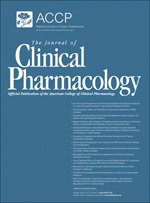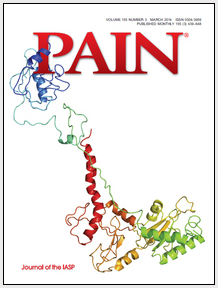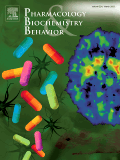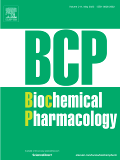
“Preclinical and clinical studies using cannabis-based therapy have been shown to provide both analgesia and anti-inflammatory effects, with an overall alleviation of clinical symptoms in animal models of arthritis, highlighting its promising therapeutic application for humans. Despite this, the development of cannabis-based therapeutics remains in its infancy, with further investigation into its efficacy and safety profile in patients still required. This synopsis reviews the various components of the endocannabinoid system in health and disease and their potential as therapeutic targets.”
https://www.ncbi.nlm.nih.gov/pubmed/28736968
http://onlinelibrary.wiley.com/doi/10.1111/1756-185X.13146/abstract









